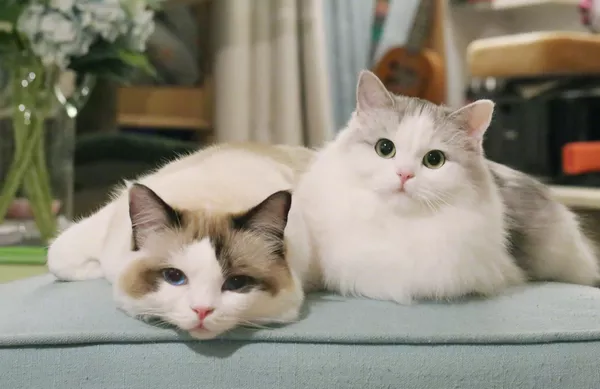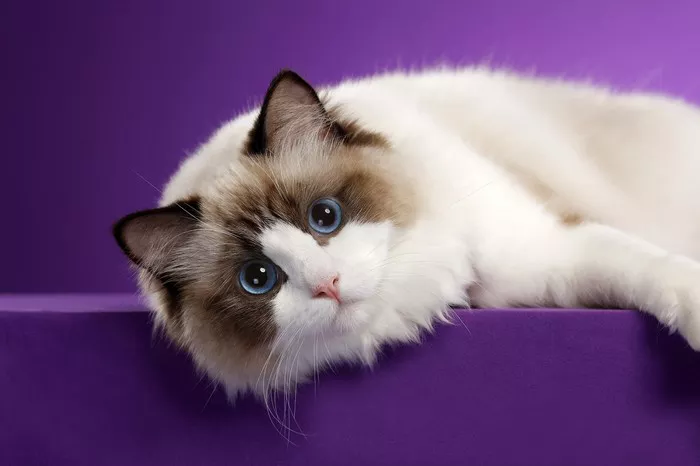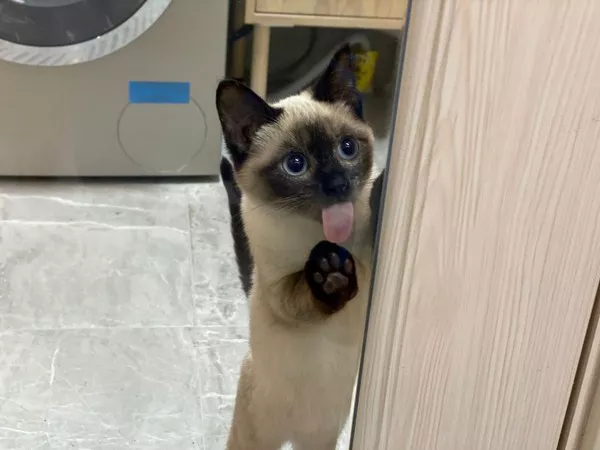Welcoming a Ragdoll kitten into your home is an exciting and rewarding experience. These gentle, affectionate cats are known for their striking blue eyes, silky fur, and sweet temperament. As a responsible pet owner, providing your Ragdoll kitten with proper nutrition is essential for promoting growth, development, and overall well-being. In this comprehensive guide, we explore the dietary needs of Ragdoll kittens, offering insights into feeding schedules, food choices, and nutritional considerations to ensure your furry friend thrives.
Understanding Ragdoll Kitten Nutrition: Building Blocks for Health
Before diving into specifics about what to feed your Ragdoll kitten, it’s essential to understand the nutritional requirements unique to young cats. Like all kittens, Ragdolls have distinct dietary needs that differ from adult cats. During the first year of life, kittens undergo rapid growth and development, requiring a diet rich in essential nutrients, including protein, fats, vitamins, and minerals. Proper nutrition during this critical stage lays the foundation for a healthy, happy adulthood.
Choosing the Right Type of Food: Wet vs. Dry vs. Raw
When it comes to feeding your Ragdoll kitten, you’ll have several options to consider, including wet food, dry food, and raw food diets. Each type of food has its advantages and considerations, so it’s essential to choose the option that best suits your kitten’s needs and preferences.
1. Wet food: Wet cat food typically contains higher moisture content, which can help keep your Ragdoll kitten hydrated, especially if they don’t drink much water. It also tends to be more palatable and easier to chew, making it an excellent choice for kittens who may have difficulty with dry kibble.
2. Dry food: Dry cat food is convenient and cost-effective, with a longer shelf life than wet food. It provides essential nutrients and can help promote dental health by reducing plaque and tartar buildup. However, some kittens may find dry kibble challenging to chew, particularly if they have dental issues or are transitioning from a wet food diet.
3. Raw food: Some cat owners opt for a raw food diet for their Ragdoll kittens, believing it closely mimics a cat’s natural diet in the wild. Raw food diets typically consist of raw meat, organs, and bones, supplemented with fruits, vegetables, and essential nutrients. While raw food diets can offer certain benefits, such as improved digestion and dental health, they require careful preparation and may pose a risk of bacterial contamination if not handled properly.
Feeding Schedule: Establishing a Routine
Establishing a regular feeding schedule is crucial for promoting healthy eating habits and preventing overeating or obesity in Ragdoll kittens. Most experts recommend feeding kittens three to four times a day, with meals spaced evenly throughout the day. As your kitten grows older, you can gradually reduce the number of feedings to twice a day, typically around six months of age. Be sure to monitor your kitten’s weight and adjust their portion sizes accordingly to maintain a healthy body condition.
Reading Labels: Deciphering Cat Food Ingredients
When selecting cat food for your Ragdoll kitten, it’s essential to carefully read and understand the ingredients list. Look for high-quality, complete, and balanced kitten food that meets the nutritional standards established by organizations such as the Association of American Feed Control Officials (AAFCO). Key ingredients to look for include:
1. Protein sources: High-quality animal protein should be the primary ingredient in your kitten’s food, with sources such as chicken, turkey, or fish.
2. Healthy fats: Essential fatty acids, such as omega-3 and omega-6 fatty acids, are crucial for promoting skin and coat health, brain development, and immune function.
3. Vitamins and minerals: Ensure that your kitten’s food provides adequate levels of essential vitamins and minerals, including vitamin D, calcium, and taurine, to support growth and development.
Avoid foods that contain fillers, artificial colors, flavors, or preservatives, as these ingredients provide little nutritional value and may contribute to digestive upset or food sensitivities in sensitive kittens.
Transitioning to Solid Food: Weaning Your Ragdoll Kitten
If you’ve adopted a Ragdoll kitten who is still nursing from their mother, you’ll need to gradually transition them to solid food as they grow older. Weaning typically begins around four to six weeks of age, although individual kittens may vary in their readiness to transition. Start by offering small amounts of wet kitten food mixed with water to create a soupy consistency. As your kitten becomes more comfortable with solid food, gradually reduce the amount of water added until they are eating wet food on its own. Once your kitten is fully weaned onto solid food, you can begin introducing dry kibble if desired.
Hydration: Ensuring Ample Water Intake
Proper hydration is essential for maintaining your Ragdoll kitten’s overall health and well-being. While wet cat food provides additional moisture, it’s still important to ensure your kitten has access to fresh, clean water at all times. Place multiple water bowls throughout your home to encourage drinking and monitor your kitten’s water intake to ensure they are staying adequately hydrated, especially during hot weather or if they are eating predominantly dry food.
Special Considerations: Dietary Needs and Restrictions
In some cases, Ragdoll kittens may have special dietary needs or restrictions that require careful consideration. For example, kittens with food allergies or sensitivities may benefit from hypoallergenic or limited ingredient diets that eliminate common allergens such as poultry, grains, or dairy. Likewise, kittens with certain medical conditions, such as kidney disease or diabetes, may require prescription diets formulated to support their specific health needs. If you suspect your Ragdoll kitten has dietary sensitivities or underlying health issues, consult with your veterinarian for personalized dietary recommendations and guidance.
Supplements: Enhancing Nutritional Support
In addition to a balanced diet, some Ragdoll kittens may benefit from dietary supplements to support their overall health and well-being. Common supplements for kittens include:
1. Omega-3 fatty acids: Fish oil supplements can help promote healthy skin and coat, reduce inflammation, and support cognitive development in growing kittens.
2. Probiotics: Probiotic supplements contain beneficial bacteria that can help promote digestive health and reduce the risk of gastrointestinal upset in kittens, especially those transitioning to a new diet.
3. Kitten milk replacer: In cases where kittens are orphaned or unable to nurse from their mother, kitten milk replacer can provide essential nutrients and calories to support growth and development.
Before introducing any supplements into your Ragdoll kitten’s diet, consult with your veterinarian to ensure they are safe and appropriate for your kitten’s age, health status, and dietary needs.
Conclusion: Fostering Health and Wellness Through Nutrition
In conclusion, providing your Ragdoll kitten with proper nutrition is essential for promoting growth, development, and overall well-being. By understanding your kitten’s unique dietary needs and preferences, choosing high-quality, balanced kitten food, establishing a regular feeding schedule, and monitoring their health and hydration, you can help ensure your furry friend enjoys a lifetime of health and happiness. If you have any questions or concerns about your Ragdoll kitten’s diet or nutritional needs, don’t hesitate to consult with your veterinarian for personalized guidance and support. With proper care and attention to their dietary needs, your Ragdoll kitten will thrive and bring you joy for years to come.


























